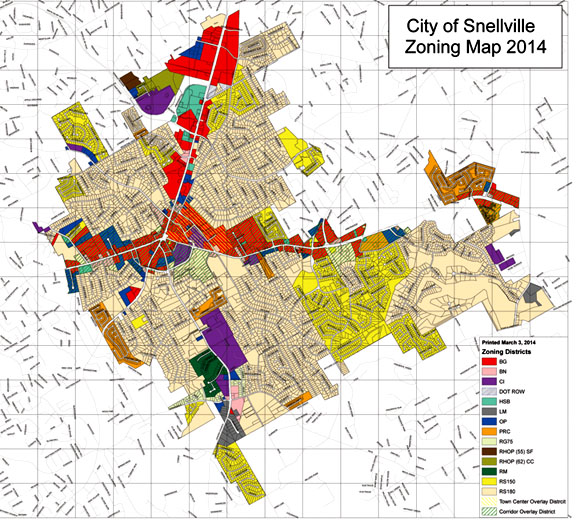
 The process through which rezoning applications are submitted, reviewed and acted upon takes into account a number of factors. Primary among these are property owner rights, zoning, impact on the community and the type of development. A developer typically initiates the process after locating a particular parcel of land and determining what he or she believes can be constructed and profitably sold. The subsequent steps involve submitting an application and going through a review process, after which the application is either approved or denied.
The process through which rezoning applications are submitted, reviewed and acted upon takes into account a number of factors. Primary among these are property owner rights, zoning, impact on the community and the type of development. A developer typically initiates the process after locating a particular parcel of land and determining what he or she believes can be constructed and profitably sold. The subsequent steps involve submitting an application and going through a review process, after which the application is either approved or denied.
That review process is only required if the intended development doe not comply with existing zoning requirements. If a development project complies with existing zoning requirements, and no variances are needed, there is obviously no need for the developer to apply for a rezoning or variance. But whether a project equires a simple variance or a complete rezoning classification, and application must be submitted for review, first by the Planning Department, then by the Planning Commission and finally by the City Council. As an example, if a particular proposed development cannot meet building setback or buffer distance requirements, variances would have to be granted for the project to proceed. On the other hand, if a developer wanted to build a commercial project on a parcel zoned office and institutional, the parcel would have to be rezoned to one of the business classifications.
Many times, people will ask, “Why don’t they build something over on the other side of town?” or, “Why are they building new houses when so many are vacant?” Some people wonder why a developer is building anything at all given traffic congestion, over-crowded schools or a host of other problems. Developers develop because they believe a demand exists for their “product” (houses, commercial buildings, shopping centers) and they are in the business of evaluating demand and determining whether they can profitably fulfill it.
Sometimes, they guess wrong, but for the most part, their decisions are based on substantial research and they are right far more often than they are wrong. No one is going to build 90+ houses on a wing and a prayer that they will sell. The existence of other pieces of real estate is certainly a consideration, however, once a developer reviews the available options and decides which one is most attractive, that parcel becomes the primary focus until the development application is approved or denied.
Some applications are made by the land owner or agent, as opposed to a developer. In these instances, if rezoning or variances are required, sale of the parcel to a develo0per is usually contingent upon the attendant project application being approved. Provided the intended development complies with existing zoning, or needs minimal variances to do so, there is usually not a legitimate reason to deny the application. Obviously, if a proposed development requires a different zoning classification, the process becomes much more intricate.
In all cases, the process is designed to allow all interested parties to express their opinions. Those opinions are taken into consideration at every step of the review process, and used to arrive at a final decision. It is frequently a delicate balancing act because property owner rights, public opinion and existing zoning requirements can be in some degree of conflict with one another, and the decision to approve or deny must often take a host of differing opinions into consideration. Those decisions are never taken lightly and are made with the intention of serving the best interests of the community.

Leave a Reply
You must be logged in to post a comment.